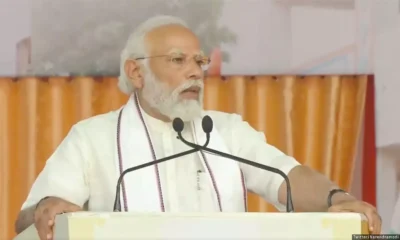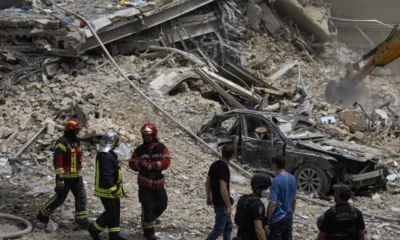Alleged Journalism
Nearly Half Of The Fake News Stories In India Are Political: Study
Source : IANS , Nearly Half Of The Fake News Stories In India Are Political: Study

There has been a significant rise in fake news and deepfake concerns in India, revealed a study on Friday, even as the government recently announced it is working to develop indigenous tools to address it.
The study, conducted by the Indian School of Business (ISB) and CyberPeace, showed that with social media emerging as the primary vector of misinformation, fake news and deepfake concerns are rising in the country.
The research, focusing on user behaviour and perceptions, provides crucial insights into the spread of misinformation and its impact on various segments of Indian society.
The study analysed a substantial number of fake news stories, revealing that political fake news accounts for the most significant share (46 per cent), followed by general issues (33.6 per cent) and religion (16.8 per cent). These three categories alone represent 94 per cent of the total fake news instances analysed.
Social media platforms are the dominant source of misinformation, responsible for 77.4 per cent of cases compared to just 23 per cent originating from mainstream media. Twitter (61 per cent) and Facebook (34 per cent) were identified as the leading platforms for spreading fake news.
“The fight against fake news and misinformation requires collective action. While governments and organisations must take the lead in creating secure ecosystems, individual responsibility is equally critical. CyberPeace is committed to building safer and resilient digital spaces by fostering awareness, collaboration, and innovation to counter these growing threats,” said Major Vineet Kumar, Global President and Founder of CyberPeace.
“This study underscores the urgent need for a comprehensive approach to combatting misinformation. We need to focus not just on technological solutions but also on enhancing media literacy, improving reporting mechanisms, and fostering responsible online behaviour,” added Prof. Manish Gangwar, Executive Director, ISB Institute of Data Science.

How television channels and social media became a national disgrace.
For “New India” chroniclers, nothing is surprising any more. Every event is an occasion to pitch for votes. And by implication, every event involves “media management”—the crux of which is to burnish the image of the leadership: a leader who is muscular, tough-talking, and a man of action. Equally, weaponise, staunch information flow, and distract, in order to control the narrative and protect holy cows in the government.
Disentangling the politics of the ruling BJP and the politics of the image purveyed by television and social media platforms is by no means an easy task, especially given the manner in which both have been weaponised by the current government, collateral be damned as long as the image of the leader shines.
The tone of the media coverage was set on April 24 when Prime Minister Narendra Modi cut short his official visit to Saudi Arabia after the Pahalgam terror attack. But instead of attending a scheduled all-party meeting, he air-dashed to Bihar’s Madhubani for what appeared to be an election rally. There, he thundered: “Today, from the soil of Bihar, I say to the whole world: India will identify, track, and punish every terrorist and their backers. We will pursue them to the ends of the earth. India’s spirit will never be broken by terrorism.”
Alleged Journalism
On the frontline of India’s WhatsApp fake news war
In a state-run secondary school in the sticky coastal city of Kannur in the southern state of Kerala, some 40 students have thronged a classroom for an unusual lesson.
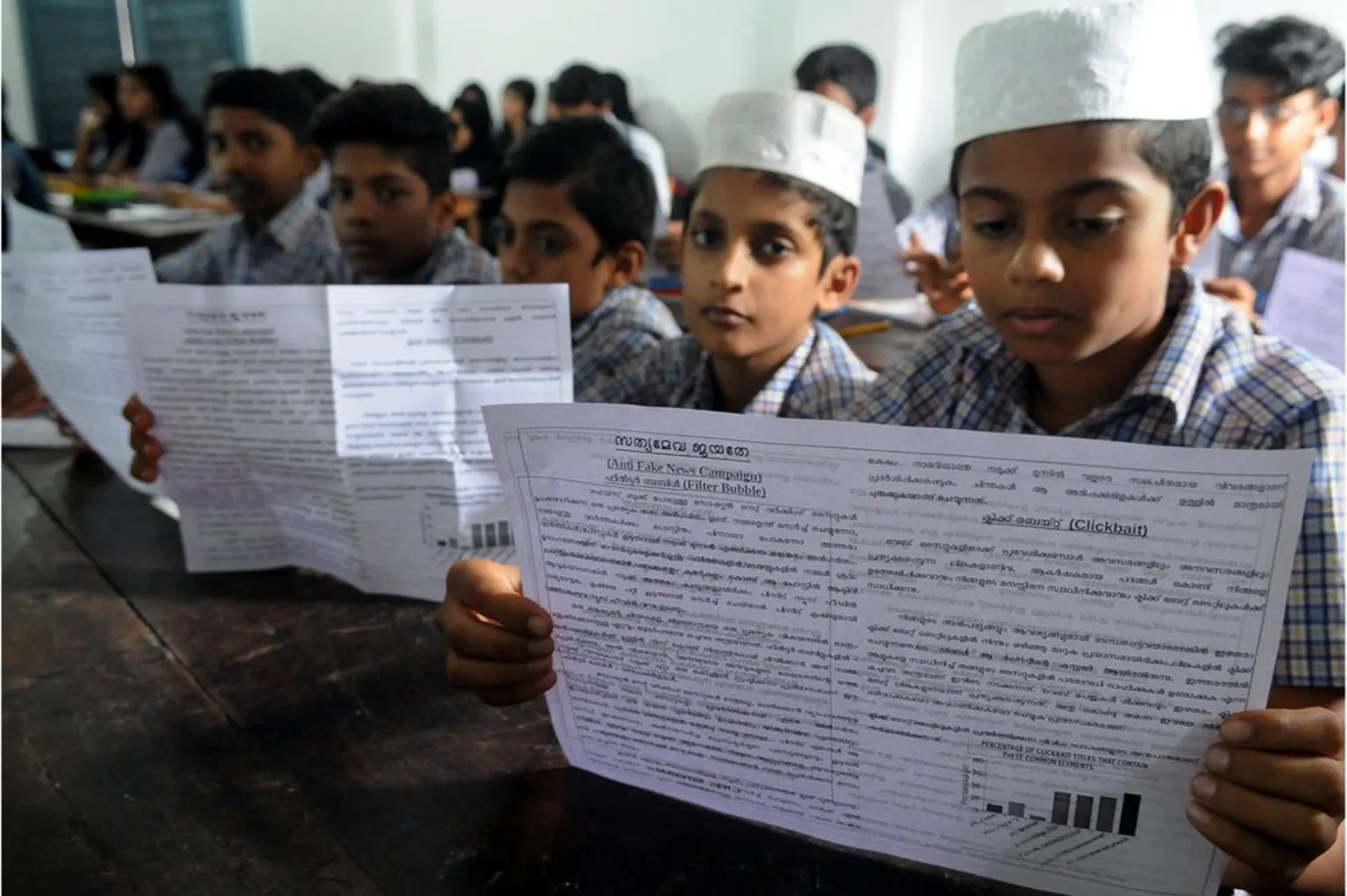
Mobs have lynched at least 25 people across India after reading false rumours spread on WhatsApp. Now the authorities in one Indian state are fighting back – by teaching children about fake news. Soutik Biswas reports.
In a state-run secondary school in the sticky coastal city of Kannur in the southern state of Kerala, some 40 students have thronged a classroom for an unusual lesson.
As the uniformed boys and girls in separate rows slide into their seats, there’s a question on the projection screen for them to answer: What is fake news?
Students read the answer aloud from another slide.
“Fake news is completely false information, photos or videos, intentionally created and spread, to confuse the public, spread mass panic, provoke violence and get attention.”
For a moment, it sounds similar to a rote-memorisation drill, common in rigid Indian schools.
But teacher Bindhya M, a post-graduate in computer science, quickly joins in and gets down to brass tacks.
“If you get a message on WhatsApp saying there will be an earthquake in Kannur tomorrow, would you believe it and share it with your friends?”
“Yes,” chime the students, weakly.
Alleged Journalism
‘Intense’ monsoon rain, flooding continue to engulf Pakistan’s Punjab
Authorities issue new evacuation warnings to communities near the Chenab, Sutlej, and Ravi rivers.
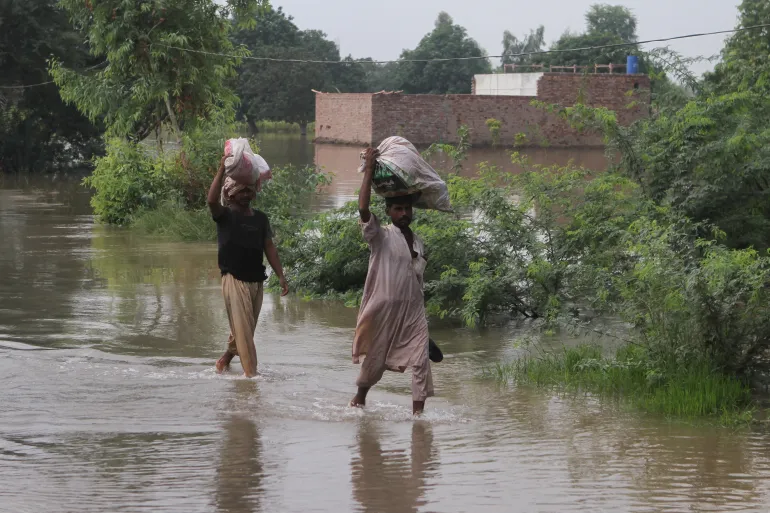
New evacuation orders have been issued in low-lying areas of Pakistan’s Punjab province amid a heavy flood warning, with the region experiencing its worst flooding on record.
The Pakistan Meteorological Department posted on X on Monday that rains were persisting across the country as “another intense monsoon system is expected to bring exceptional downpours in southern parts during the next two days”.
With an evacuation order issued to communities near the swollen Chenab, Sutlej, and Ravi rivers, Al Jazeera’s Kamal Hyder, reporting from Multan in Punjab, explained that the situation was “not under control”.
“We have reports from early this morning that Jalalpur Pirwala, which is 90km [56 miles] from Multan … that half a million people are stuck after the water inundated their villages; some of them are seeking protection under rooftops,” he said.
“There aren’t sufficient boats to evacuate these people. Helicopter operations have been called in, but the weather is also not good,” he added.
With the rain continuing, Hyder stressed that the situation was a “huge calamity” with villages and houses destroyed, but also the country now having to reel from losing crops due to the destruction of farmland.
-

 Fake Journalism9 years ago
Fake Journalism9 years agoUK Government seeks to tackle the “fake news” problem
-

 Alleged Journalism2 weeks ago
Alleged Journalism2 weeks agoJournalism or Extortion? Inside the Alleged extortion Racket of India’s “The Head and Tale media”
-

 Fact Check12 months ago
Fact Check12 months agoHow misinformation about Israel and Gaza has evolved in the yearlong war
-
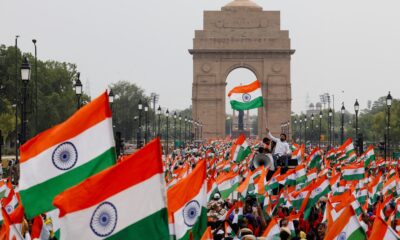
 Investigation5 months ago
Investigation5 months ago“Truth is the casualty”: How Indian fact-checkers debunked false claims during the India-Pakistan crisis
-
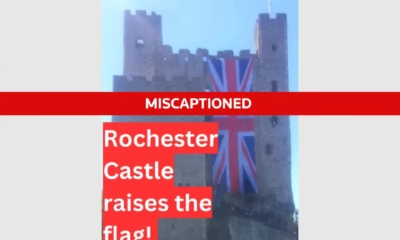
 Fact Check4 weeks ago
Fact Check4 weeks agoBritish castle flew Union Jack for VE Day, not flag-raising trend in August 2025
-

 Investigation8 years ago
Investigation8 years ago9/11 was avenged on us.
-

 Fact Check8 years ago
Fact Check8 years agoHow to run a mission-based organisation: Lessons for newsrooms from Doctors Without Borders
-
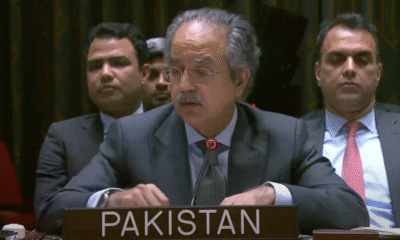
 Reports2 weeks ago
Reports2 weeks agoAlgeria & Pakistan STUN the World: CONFRONTS Israel LIVE at UN After Qatar Strikes!









